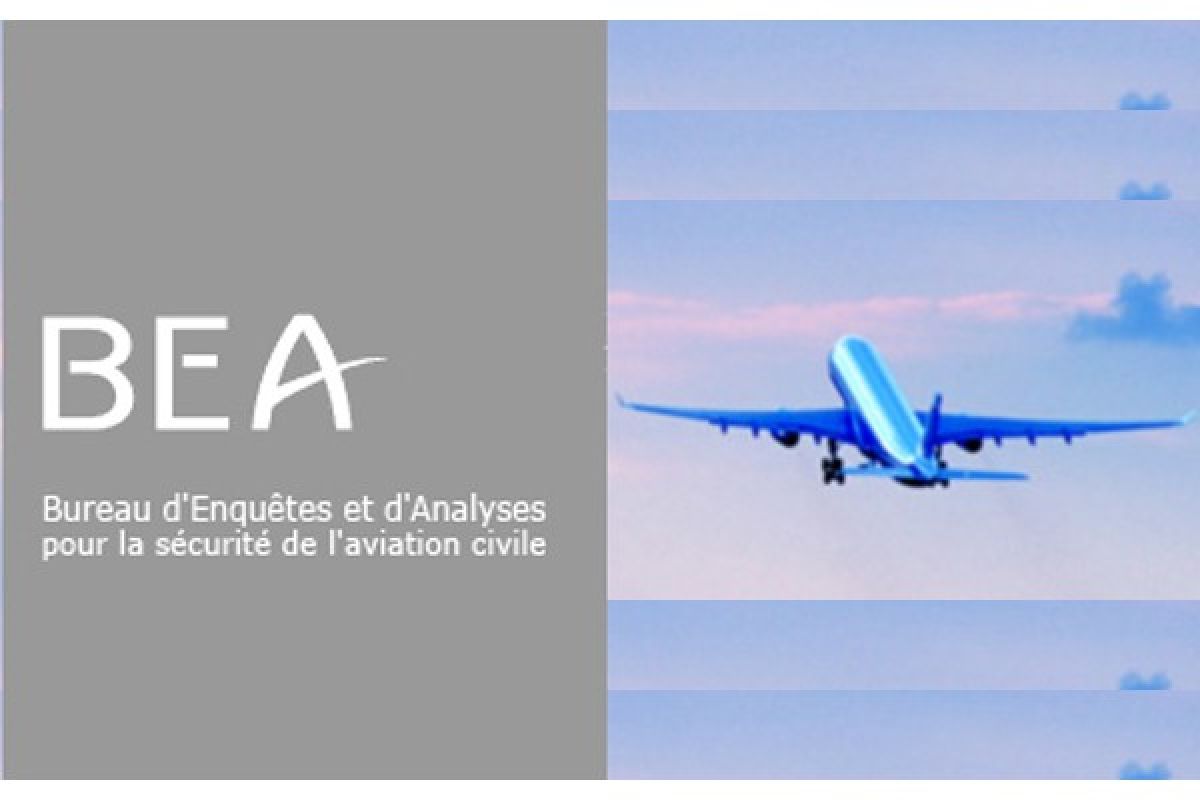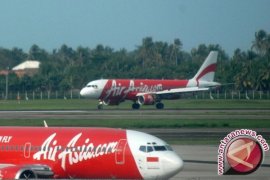The agency said a ship carrying two hydrophones, or underwater listening devices, was bound for the suspected crash site with French, Singaporean and Indonesian experts on board, Reuters quoted.
Investigators hope the black boxes will reveal the sequence of events both in the cockpit and the jets systems, but safety experts stress it is too early to say what caused the crash.
The BEA (Bureau d'Enquêtes et d'Analyses pour la sécurité de l'aviation civile) assists in investigation of any air crash involving an Airbus aircraft because the company is France-based.
It is also seen as specialised in underwater searches after leading a two-year search for an Air France jet that crashed in the Atlantic in 2009.
Heavy seas have stopped divers reaching the possible wreck of the AirAsia Indonesia jet off Borneo.
Although bad weather was again hampering search efforts on Friday, the operation is seen unlikely to stretch the limits of technology in the same way as the deep-water search for Air France 447 or the fruitless search for Malaysia Airlines Flight 370, which disappeared last year.
Given the relatively shallow depth of 50 metres (165 feet) at which the Indonesia Air Asia wreckage is believed to be located, experts say finding the boxes should not be difficult as long as the beacons - with a range of 2,000 to 3,000 metres (6,560-9,840 feet) - are working.
Commercial aircraft carry two black boxes, one for flight data and the other for cockpit recordings.
Each is equipped with a beacon or "pinger" able to emit signals for at least 30 days - which in practice can be closer to 40, according to manufacturers.
Regulators ordered the minimum transmission time to be increased to 90 days after Air France 447, but this does not take effect until 2018.
Black boxes from a Kenya Airways jet that crashed off Ivory Coast in 2000 in 50 metres of water were recovered intact.
At such depths, investigators prefer to carry out acoustic searches with hydrophones, such as those that arrived on Friday, for as long as the pingers are supposed to be working.
They are seen as more effective than alternative methods such as sonars, magnetometers or video, according to a blueprint drawn up by the BEA after the AF447 disaster.
But how quickly investigators can zero in remains sensitive to a slew of factors from the waters salinity to its temperature to noise from machinery and marine life.
Editor: Priyambodo RH
Copyright © ANTARA 2015








